Late Summer, Early Fall Bring Blooms
Several native flowering plants stand out in Dyke Marsh in late summer and early fall.
The passion flower (Passiflora incarnata) is a climbing, viny plant with a distinctive blossom that has voluntarily returned in our native plant area after invasives were removed. It blooms from mid-summer to early fall, but its flowers only last about one day. The flower has a wide, flat petal base with five or 10 petals in a circle.
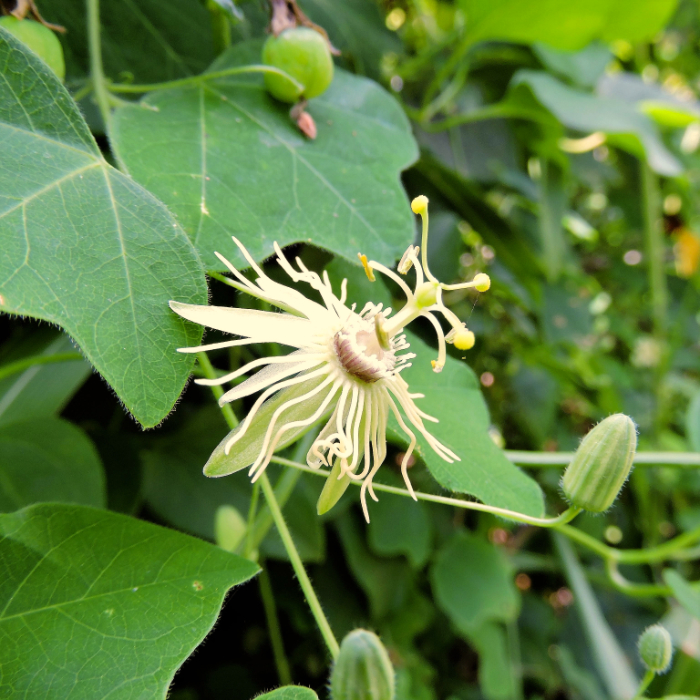 |
| Yellow passion flower (Passiflora incarnata) Photo by Su Kim |
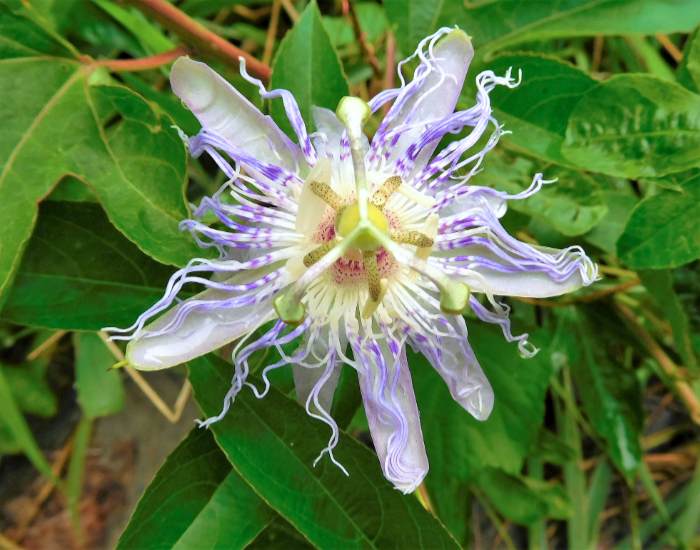 |
| Purple passion flower (Passiflora incarnata) Photo by Su Kim |
Insects seem to disappear into the bright yellow to orange cornucopia-shaped flowers of jewelweeds (Impatiens capensis). Also called spotted touch-me-not, this plant thrives in soggy soils.
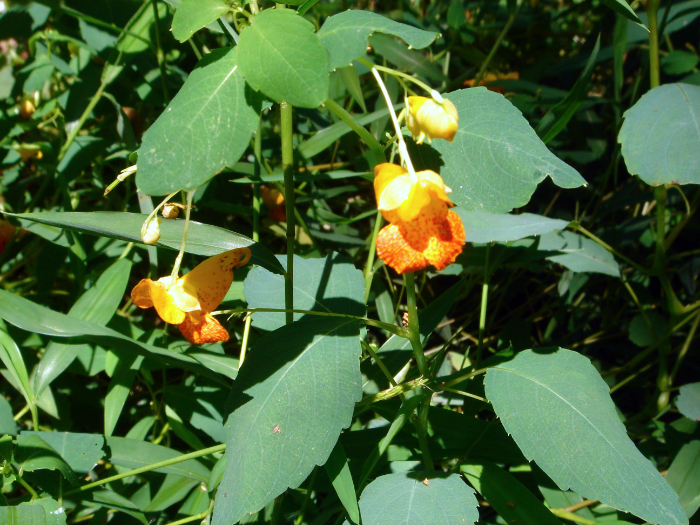 |
| Jewelweed (Impatiens capensis) Photo by Glenda Booth |
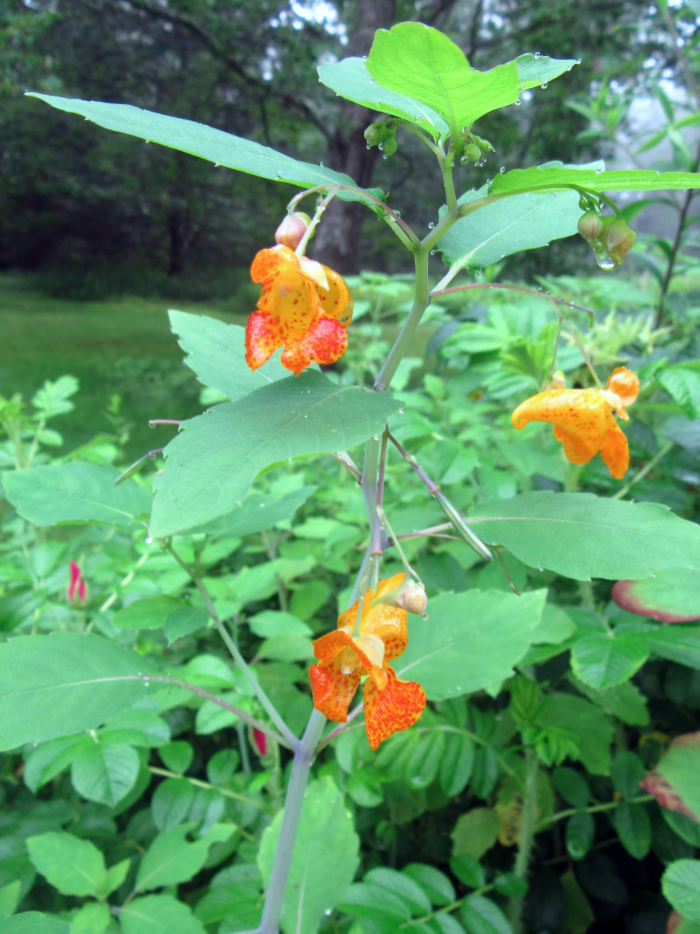 |
| Jewelweed (Impatiens capensis) Photo by Glenda Booth |
A summer standout is the cardinal flower (Lobelia cardinalis), a plant with brilliant red, trumpet-shaped flowers that attract hummingbirds.
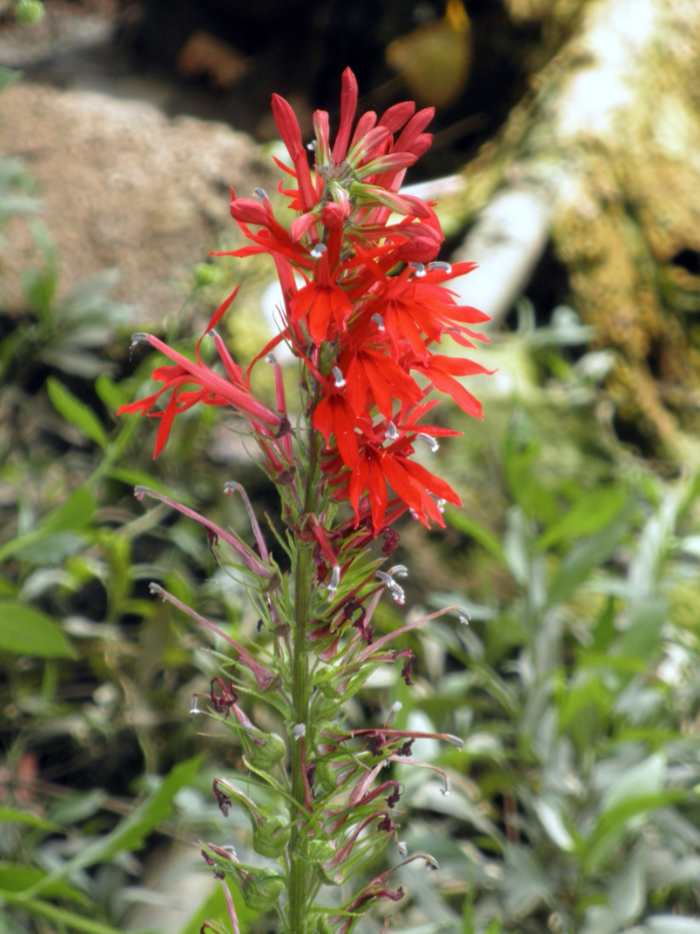 |
| Cardinal flower (Lobelia cardinalis) Photo by Glenda Booth |
Several milkweed plant species attract insects like bumblebees (Bombus sp.) and monarch (Danaus plexippus) and eastern tiger swallowtail (Papilio glaucous) butterflies. Monarch butterfly larvae or caterpillars feed on milkweed foliage, flower buds and milky juice. Monarch adults (butterflies) feed on the plant’s nectar.
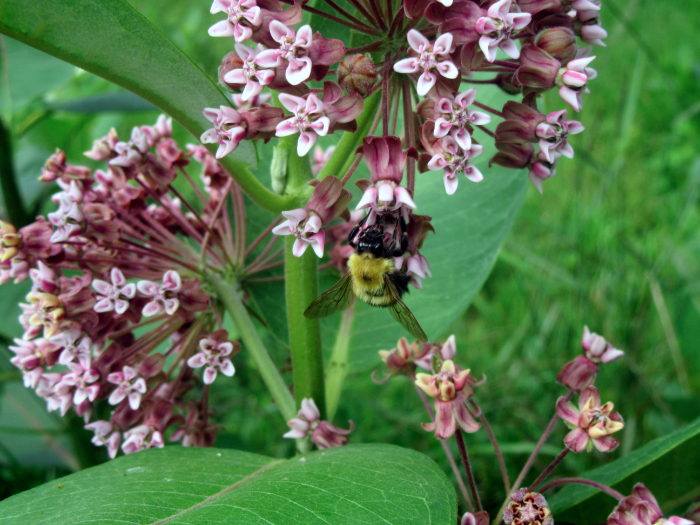 |
| Bumblebee (Bombus sp.) on common milkweed (Asclepias syriaca L.) Photo by Glenda Booth |
 |
| Monarch butterfly (Danaus plexippus) on common milkweed (Asclepias syriaca L.) Photo by Glenda Booth |
Joe Pye weed plants (Eutrochium spp.) grow to four to six feet and have big pinkish flowers that bloom for about a month. FODM volunteers put in new Joe Pye weed plants in our expanded native plant area near the Haul Road in the Spring of 2023.
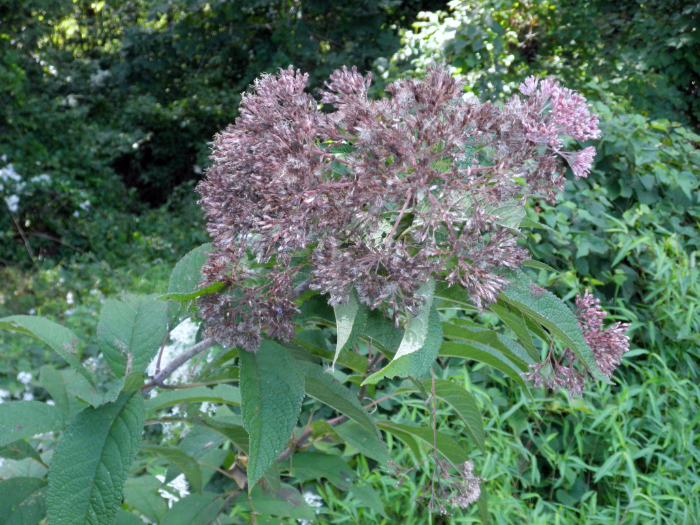 |
| Joe Pye weed (Eutrochium spp.) Photo by Glenda Booth |

 Friends of Dyke Marsh, Inc. is a non-profit 501(c)(3) organization.
Friends of Dyke Marsh, Inc. is a non-profit 501(c)(3) organization.